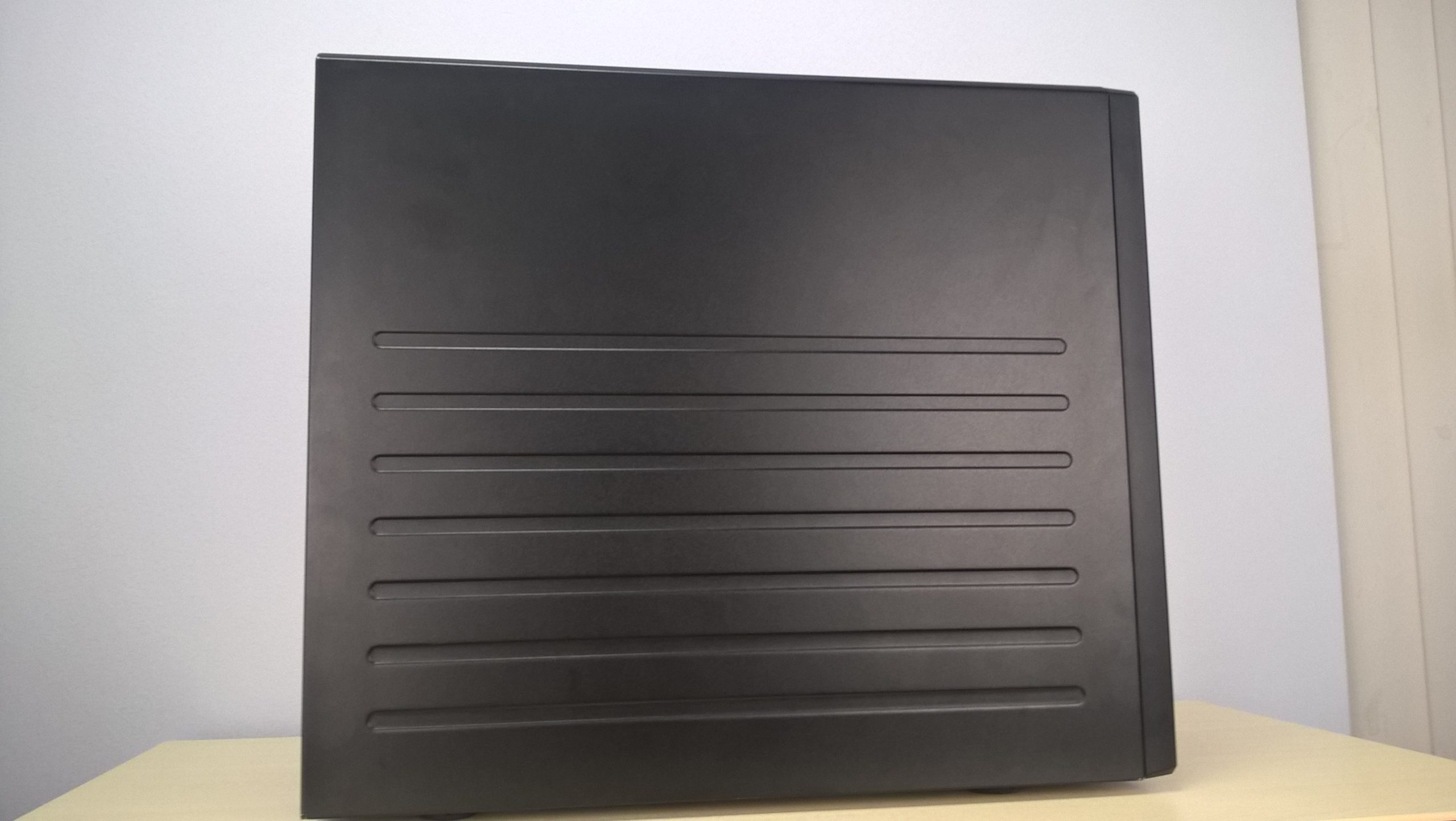Title: Troubleshooting Recurrent Windows 11 Blue Screens: Should You Keep Your Damaged Laptop?
If you’ve been experiencing persistent Blue Screen of Death (BSOD) errors on your Windows 11 laptop, you’re not alone. Many users find themselves in a frustrating cycle of hardware issues and software crashes, especially when dealing with previously damaged devices. This article aims to guide you through understanding potential causes, troubleshooting steps, and considerations on whether to keep attempting repairs or moving on.
Understanding the Situation
The user in question initially sent their laptop for repair due to motherboard damage. Miraculously, the device was returned to them functioning correctly, and it worked well for several weeks. However, recent encounters with frequent BSOD errors have raised alarm. Notable error messages include:
- DRIVER_IRQL_NOT_LESS_OR_EQUAL
- CRITICAL_PROCESS_DIED
- SYSTEM_THREAD_EXCEPTION_NOT_HANDLED
These errors indicate issues at the driver level, critical system processes, or system thread handling, often linked to hardware conflicts, outdated drivers, or residual damage affecting the system’s stability.
Possible Causes
Given the history of motherboard damage and subsequent repairs, several factors might be contributing to the recurring issues:
- Residual Hardware Damage: Some underlying hardware components may still be compromised, leading to system instability.
- Driver Conflicts: Corrupted or incompatible device drivers can trigger BSOD errors.
- Software Corruption: System files or Windows updates might be corrupted, especially if hardware was altered or replaced.
- Incomplete Repairs: The repair process may not have fully addressed all hardware issues, or new issues may have emerged post-repair.
Troubleshooting Steps
While sending the device back for repair may not be feasible now due to geographic constraints, there are several diagnostic and remedial steps you can take:
- Boot into Safe Mode: This limits driver activity and can help determine if the issue is driver-related.
- Update Drivers and Windows: Ensure all device drivers and Windows 11 are current. Use manufacturer tools or Windows Update.
- Check for Hardware Issues: Run built-in diagnostics or third-party tools to assess RAM, storage drives, and other components.
- Review BSOD Minidump Files: Use tools like BlueScreenView or WinDbg to analyze dump files for specific causes.
- Perform a Clean Installation: Back up your important data and consider reinstalling Windows to eliminate potential software corruption.
- **Consult Professional
Share this content:

